Please help ID this plant
Maria Elena (Caribbean - USDA Zone 13a)
7 years ago
Featured Answer
Sort by:Oldest
Comments (14)
Maria Elena (Caribbean - USDA Zone 13a)
7 years agolast modified: 7 years agoRelated Discussions
Please help ID this plant? Coffee plant?
Comments (4)That is not a Coffee plant. It looks like a Shooting Star Clerodendron....See MorePlease help ID this plant
Comments (3)Yes Torenia....See MorePlease help ID this plant
Comments (14)Cedar, or Eastern Red Cedar is the common name for this tree whether anyone likes it or not. There are many more than one type of Juniper, and to call all of them Juniper and not differentiate between them is ridiculous and confusing, Yes, I know it's a Juniper, but like most people I'm just an average person, not a botanist. and I'm not that picky about using botanical names. Try Googling "Eastern Red Cedar" and see what happens, and then Google "Juniper". Still confused ?...See MorePlease help ID this plant
Comments (6)Could you post a picture of the actual plant rather than a screenshot? The details are indistinct. We also need a geographical location, a shot of the whole plant as well as the close up and an indication of scale. That said leaf shape and arrangement could be a Caryopteris but not likely mongholica, unless the colour is very off in the photo. You do have maple seedling there too....See MoreMaria Elena (Caribbean - USDA Zone 13a)
7 years agosplinter1804
7 years agoMaria Elena (Caribbean - USDA Zone 13a)
7 years agoMaria Elena (Caribbean - USDA Zone 13a)
7 years agoMaria Elena (Caribbean - USDA Zone 13a)
6 years agoMaria Elena (Caribbean - USDA Zone 13a)
6 years agoMaria Elena (Caribbean - USDA Zone 13a)
6 years agoMaria Elena (Caribbean - USDA Zone 13a)
6 years agoJeannies_Garden (Tx 9a)
6 years agoMaria Elena (Caribbean - USDA Zone 13a) thanked Jeannies_Garden (Tx 9a)Maria Elena (Caribbean - USDA Zone 13a)
6 years agosplinter1804
6 years agolast modified: 6 years agoMaria Elena (Caribbean - USDA Zone 13a) thanked splinter1804
Related Stories

GARDENING GUIDESGreat Design Plant: Silphium Perfoliatum Pleases Wildlife
Cup plant provides structure, cover, food and water to help attract and sustain wildlife in the eastern North American garden
Full Story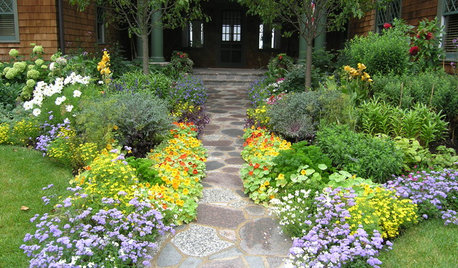
GARDENING GUIDESPathway Plantings That Please the Senses
Add some color, life and intrigue beside your sidewalk with these 7 suggestions
Full Story
GARDENING GUIDESGreat Design Plant: Ceanothus Pleases With Nectar and Fragrant Blooms
West Coast natives: The blue flowers of drought-tolerant ceanothus draw the eye and help support local wildlife too
Full Story
HOME OFFICESQuiet, Please! How to Cut Noise Pollution at Home
Leaf blowers, trucks or noisy neighbors driving you berserk? These sound-reduction strategies can help you hush things up
Full Story
GARDENING GUIDESGreat Design Plant: Snowberry Pleases Year-Round
Bright spring foliage, pretty summer flowers, white berries in winter ... Symphoricarpos albus is a sight to behold in every season
Full Story
PETS6 Ways to Help Your Dog and Landscape Play Nicely Together
Keep your prized plantings intact and your dog happy too, with this wisdom from an expert gardener and dog guardian
Full Story
LIFEYou Said It: ‘Put It Back’ If It Won’t Help Your House, and More Wisdom
Highlights from the week include stopping clutter from getting past the door, fall planting ideas and a grandfather’s gift of love
Full Story
HOUSEPLANTSMother-in-Law's Tongue: Surprisingly Easy to Please
This low-maintenance, high-impact houseplant fits in with any design and can clear the air, too
Full Story
LANDSCAPE DESIGNNative Plants Help You Find Your Garden Style
Imagine the garden of your dreams designed with plants indigenous to your region
Full StorySponsored
More Discussions



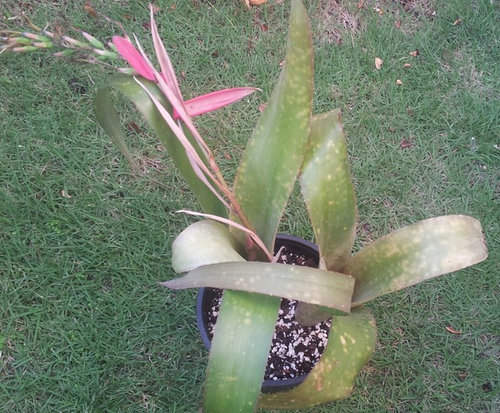

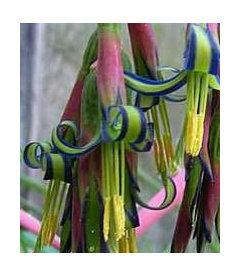
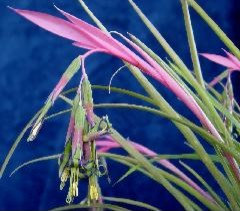







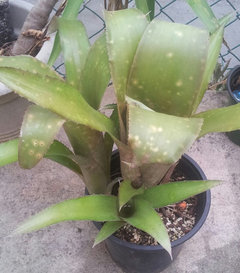

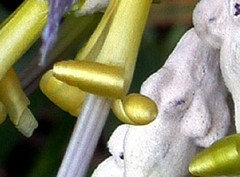

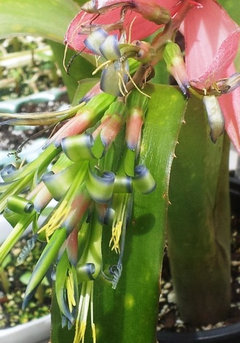

Lars